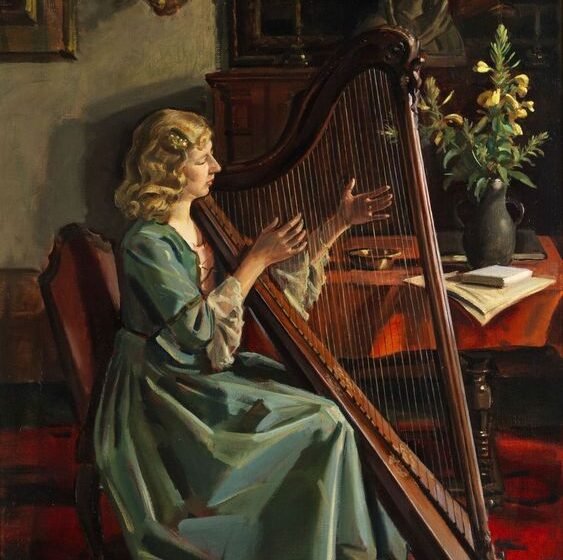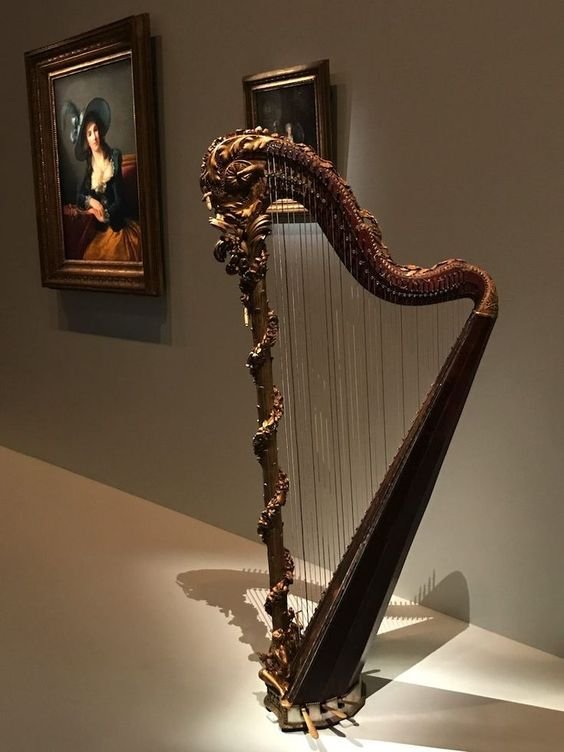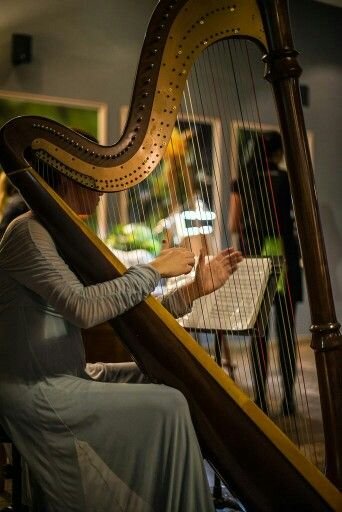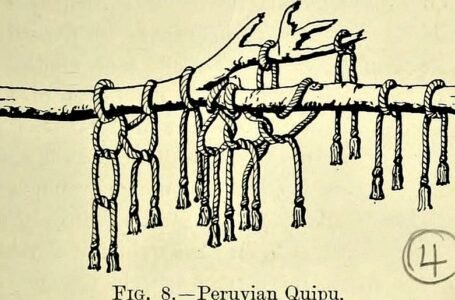The Magic of the Harp: Discovering the Sounds

INTRODUCTION
The harp is a musical instrument that has captured the hearts and imaginations of people for centuries. With its enchanting sound and beautiful appearance, it is not hard to see why. From the ethereal, otherworldly music of ancient times to its modern-day use in a wide range of musical styles, the harp has a rich history and continues to be an important and beloved instrument to this day. Whether you are a seasoned harp player or just starting out, this blog will explore all aspects of this magnificent instrument, including its history, technique, and the many different styles of music in which it is used. So join us as we delve into the world of the harp and discover the magic and beauty of this timeless instrument.

ORIGIN OF THE HARP
The origin of the harp is difficult to determine with certainty, but it is believed to have been in existence for thousands of years. The earliest harps were probably developed in Asia or Africa and were made of simple materials such as wood, animal hide, and gut strings. Over time, the design of the harp evolved and became more sophisticated, incorporating metal strings and ornate decorations.
In ancient civilizations such as Egypt, Greece, and Mesopotamia, the harp was considered a sacred instrument and was often used in religious ceremonies and for entertainment. Throughout the Middle Ages, the harp was a popular instrument in Europe, particularly in the courts of royalty.

In the modern era, the harp has continued to evolve and has been used in a wide range of musical styles, from classical to folk to jazz. Today, the harp is still a revered and beloved instrument and is enjoyed by musicians and audiences alike.
The history of the harp dates back thousands of years and has roots in various cultures around the world. Some of the earliest known examples of the harp have been found in ancient civilizations such as Egypt and Mesopotamia, where the instrument was used for religious and ceremonial purposes.
In medieval Europe, the harp was a popular instrument in royal courts and was used to accompany singers and other musicians. During this time, the design of the harp evolved, and the instrument became larger and more ornate. By the Renaissance, the harp had become a popular solo instrument, and composers such as Palestrina and Praetorius wrote music specifically for the harp.
In the 19th and early 20th centuries, the harp was associated mainly with classical music, and many composers wrote music for the instrument. In the late 20th century, however, the harp began to gain popularity in a variety of other musical genres, including folk, world music, and jazz.

HOW THE HARP IS MADE
A harp is typically made of wood and metal, with strings running from the top of the instrument to the bottom. The body of the harp, called the column or pillar, is usually made of wood, while the neck and soundboard are also made of wood or a combination of wood and other materials. The strings are typically made of metal, although some modern harps use synthetic materials.
The process of making a harp involves several steps, including designing the basic shape and dimensions of the instrument, selecting and preparing the materials, and constructing the various components. The column, neck, and soundboard are usually made by a process of cutting, shaping, and sanding the wood. The strings are then added and tensioned, and the harp is tuned to the desired pitch.
Finally, the harp is finished with decorative touches, such as carving or painting, and any additional hardware, such as pedals, levers, or soundboard mounted string-tensioners, may be added. The entire process of making a harp can take several weeks or even months and requires a high degree of skill, patience, and attention to detail.

Once the harp is complete, it is ready to be played and enjoyed by musicians and audiences alike.
SEVERAL TYPES OF HARP
There are several types of harps, each with its own unique design and characteristics. Here are some of the most common types of harps:
- Pedal Harp: This is the most common type of harp and is often used in classical music. It has pedals that can be used to change the pitch of the strings, allowing for a wide range of notes and harmonies.
- Lever Harp: Also known as a folk harp, this type of harp has levers instead of pedals. The levers are used to change the pitch of the strings and can be quickly moved to produce different notes and chords.
- Historical Harps: This group of harps includes a variety of instruments that were used in different historical periods and cultural contexts. Examples include the Celtic harp, the Gothic harp, and the baroque harp.
- Jazz Harp: A type of harp that is specifically designed for playing jazz music. It often has a smaller body and more strings than other types of harps, allowing for greater versatility and improvisation.
- Chromatic Harp: This type of harp has additional strings or mechanisms for playing all twelve notes in the chromatic scale, allowing for greater versatility and a wider range of notes and harmonies.
Each type of harp has its own unique sound and playing characteristics, and the choice of which type of harp to play often depends on the musical genre, personal preferences, and skill level of the player.
FEATURES OF HARP
The features of a harp can vary depending on the type and style of the instrument. However, some common features of a harp include:
- Strings: The strings are the most important component of the harp, and the number, thickness, and tension of the strings can affect the sound and playing characteristics of the instrument.
- Soundboard: The soundboard is the flat, wooden surface that amplifies the vibrations of the strings. Its shape and size can also impact the sound and volume of the harp.
- Column or Pillar: The column, or pillar, is the central support structure that holds the strings and the soundboard.
- Neck: The neck is the part of the harp that extends from the soundboard and supports the strings.
- Levers or Pedals: Levers or pedals are used to change the pitch of the strings and are found on many types of harps.


- Resonators: Resonators are small, metal plates that are placed underneath the strings to enhance the sound of the harp.
- Tuning Pins: The tuning pins are used to secure the strings in place and to adjust the tension of the strings.
- Decoration: Harps can be decorated with intricate carvings, inlaid wood, or painted designs, adding to their beauty and elegance.
These are some of the common features found on many types of harps, but the specific features of a harp can vary greatly depending on the type and style of the instrument.


FAMOUS MUSICIAN OF HARP
Throughout history, many musicians have become famous for their harp playing. Here are a few of the most notable harpists:
- Edward Wittenburg: A Dutch harpist and composer who was known for his virtuosity and musical innovations.
- Carlos Salzedo: A French harpist and composer who was a pioneer in the development of modern harp playing techniques.
- Nicanor Zabaleta: A Spanish harpist who was widely regarded as one of the greatest harpists of the 20th century.
- Osian Ellis: A Welsh harpist who was known for his virtuosity and musical elegance, and who helped to revive the popularity of the harp in the 20th century.
- Ann Hobson Pilot: An American harpist who was the first African American to hold a principal chair in a major symphony orchestra.
- Emmanuel Ceysson: A French harpist who has won numerous awards for his playing, and who is recognized as one of the leading harpists of his generation.
These are just a few examples of the many talented harpists who have contributed to the rich history of harp music. Today, there are countless harpists around the world who continue to perform, teach and compose music for this magnificent instrument.


CURRENT SCENARIO
The current scenario for the harp is one of growth and popularity. Harp music is enjoyed by audiences all over the world, and the instrument is played in a wide range of musical genres, from classical to jazz to world music.
There are many professional harpists who perform and record music, and the harp is featured in numerous orchestras, chamber groups, and solo recitals. In addition, there is a growing interest in the harp among amateur musicians and students, with more people taking up the instrument and forming harp ensembles and clubs.
The harp has also been integrated into various forms of therapy and healing, such as music therapy and sound therapy, and is often used in these settings to help promote relaxation, stress relief, and healing.
In terms of technology, there have been developments in the design and construction of harps, as well as advances in amplification and recording technology that have made it easier for harpists to perform and share their music with wider audiences.
Overall, the current scenario for the harp is a positive and thriving one, with a growing appreciation for this beautiful and versatile instrument and its rich musical heritage.


CONCLUSION
In conclusion, the harp is a magnificent and versatile instrument with a rich history and cultural heritage. From its ancient origins to its current popularity, the harp has played a significant role in the world of music, providing beautiful and inspiring sounds for generations of listeners.
The harp is used in a wide range of musical genres, from classical to jazz to world music, and is enjoyed by audiences around the world. With its elegant appearance and soothing sound, the harp is a beloved instrument for both professional musicians and amateur enthusiasts.
Despite its long history, the harp continues to evolve, with new developments in technology and design making it accessible to a wider range of musicians and audiences. Whether played in a concert hall, in a therapeutic setting, or in the privacy of one’s own home, the harp remains an important and cherished part of our musical heritage.


